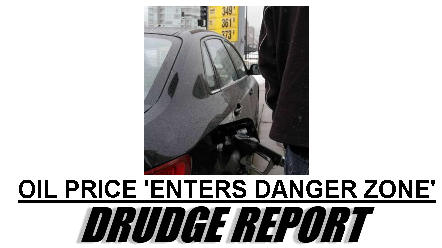The easy trade these days appears to be in crude oil, and to a lesser degree, commodities.
My trading gut instinct says that the crude market may be a tad overextended at the moment, presumably due to geopolitical instability.
Modern historians should note that Iran and Iraq went through a decade-long war, yet the Persian Gulf still managed to export billions of dollars of crude.
The big shoe to drop is the answer to the question of “What happens in Saudi Arabia?” since they control a significant source of supply globally. That said, it is highly likely that the oil will still flow since whoever is left to control government will still want the cash cow – what will be significantly more disruptive is that the incumbent administration knows it will be kicked out, but has plenty of notice of its pending demise. In this scenario, they will likely use the “scorched earth” option, similar to what Saddam Hussein did in Kuwait prior to the first Iraq invasion.
Readers will likely note that their holdings in Canadian oil sands related companies have received a significant amount of appreciation over the past 6 months – partly related due to the market conditions and improving economy. Here is a chart of Cenovus (TSX: CVE), but you can pretty much fill this in with the usual suspects (Suncor, Canadian Natural, etc.):
The last spike up over the past month is a function of higher crude prices and geopolitical instability – I’d estimate of the $6 that it has gone up from $32 to $38, half of that is due to crude, and half of it is implied instability.
That said, it seems like an easy trade to pile in at the moment, so be very cautious – when others think alike, your risk/reward ratio becomes more adverse.

